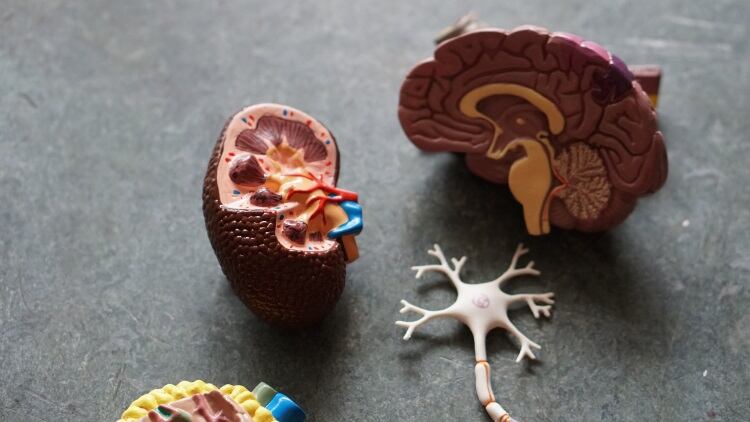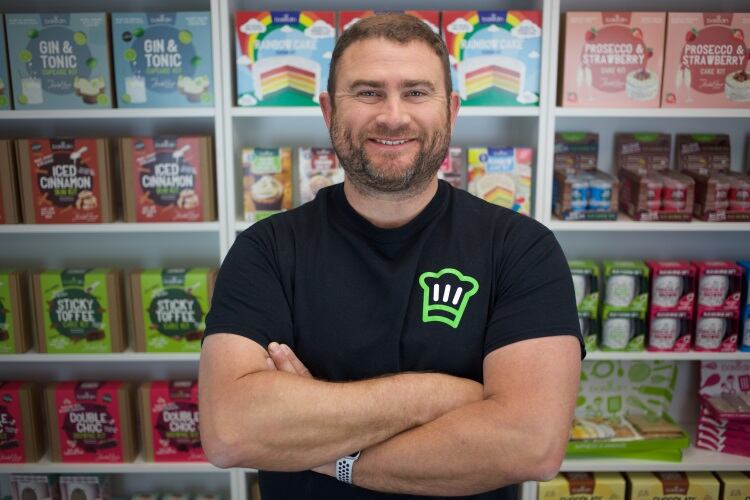
Pressure to be – and do – good is growing. For example, in the UK, Prime Minister Boris Johnson recently announced a £12bn green agenda; brands can – and should – be doing better.
To be fair, there are already encouraging examples of mainstream FMCG brands putting a focus on sustainability. US agricultural co-op Ocean Spray recently revealed a new variant of high barrier, recyclable packaging for its Craveology Tuscan Herb snack packs; and France just rolled out an Eco-score system, with names like organic shop La Fourche onboarding the label for its own-brand products.
So, how should your snacking brand be tackling these growing sustainability demands?
Assuming you’ve addressed the obvious bad guys such as unsustainable palm oil, single-use plastic and irresponsible supply chains, the new challenge becomes clear: how can snacking brands communicate their sustainable credentials and efforts to do good, without distracting from the core product characteristics the consumer has become familiar with?
You’ve got to convey any changes to the public without seeming opportunistic or being accused of completely changing the brand. But at the same time, you shouldn’t be hiding your sustainability credentials under a bushel.
People have enormous loyalty to a range of product characteristics. They like the way the packaging looks, how it feels; they like the pack size, the way it looks familiar and jumps out to them from the supermarket shelf. Mess around with any of these things when you’re building in messaging around sustainability, and you risk upsetting loyal consumers.
Guesswork only gets you so far. You need to get in people’s heads - neuroscience can help you do that.
But what is neuroscience?
Neuroscience can help identify how people feel about different aspects of your product, and just how far you can change things – you can test a range of sustainability messages to see which ones work best for your brand. It’s about communicating your sustainability credentials so that they are seen as ‘better’, and something the consumer can’t do without. More on how that works later.
Going to market with a ‘green’ product is just the beginning, though.
Customers don’t have to make sacrifices on quality and taste anymore - gone are the days when a vegan protein bar would set you back three pounds and go down like sawdust. Good for the environment no longer means bad for your tastebuds, nor does it condemn a product exclusively to the depths of a local Holland & Barrett.
Today, when done right, sustainability clearly works in tandem with a premium positioning. Take eco-friendly cookies, which sell at more than a 100% premium. Sustainable chocolate also hikes its prices by an average of 50%. This means, now more than ever, that the experience has to justify the price tag. And that experience is anything and everything. The visual cues, the language, the tactile experience, the manner in which the brand conducts itself on social media, how it comes across on TV and billboards, how it looks on the shelf, and even how any influencers or celebrities represent your brand’s message.
Some of this stuff might seem like it doesn’t matter, but every piece of your communications should ladder up to your sustainability message. If not, you risk alienating an entire generation - and future generations - from interacting with your product: NYU Stern research from last year concluded: ‘The younger the household, the more likely they [are] to buy sustainability-marketed products’.#
How exactly does neuroscience work here?
Given we’re in lockdown, you can use remote, online techniques like implicit association testing to assess how respondents react at speed to the brand assets you present to them. Implicit association measures how strongly people subconsciously link two concepts, such as ‘Jaffa Cakes’ and ‘sustainable’. The stronger the association, the faster this link between the two words will come to mind, which is reflected in the response time.
This rapid-fire, real-time quizzing means you can collect honest answers – this is not the same as being given a survey in the train station, or being put on the spot by a friend. This is the brain trying its best to make sense of information. It’s not trying to impress anyone. It’ll tell you what you need to know – if your sustainable packaging is aesthetically awful, or the texture of your snack is uncomfortable, or if the price is putting people off, this testing will let you know. You can also run new ideas against your current packaging, comms and so on.
Naturally, neuroscience isn’t the answer to everything. Sometimes, a good idea is a good idea and you just know it. But neuroscience decreases risk. With new pandemic-related restrictions and rules coming into play every day, it seems, there’s now more risk than ever. Why take a blind leap of faith when you really don’t have to?




